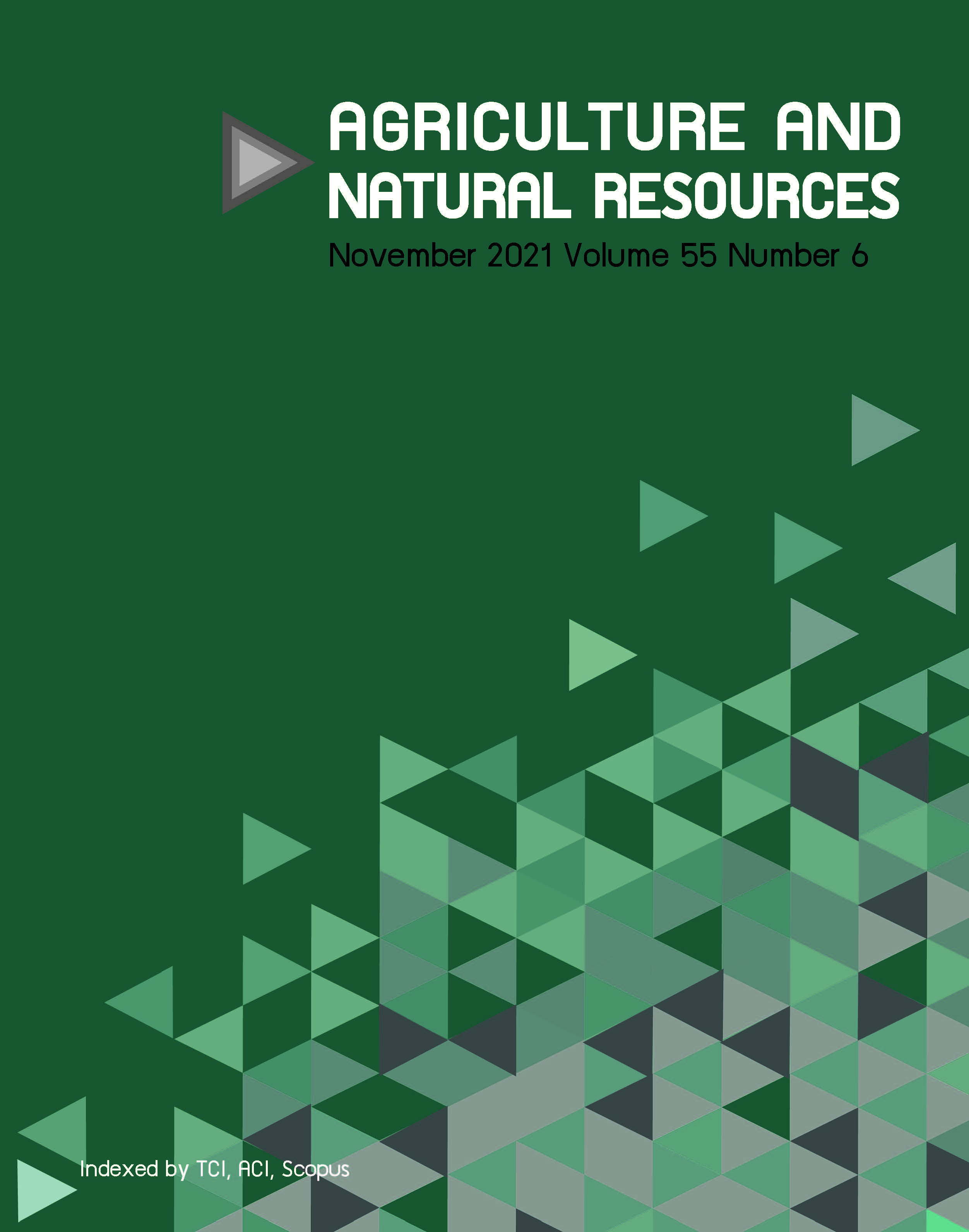Biochemical and physiological traits of strawberry as influenced by organic acids and deficit irrigation under colored netting
Keywords:
Antioxidant capacity, Colored netting, Drought stress, Organic acid, Taste indexAbstract
To improve strawberry fruit quantity and quality, the effects of colored netting and foliar application of amino acids and humic acid were studied on the physiological traits of strawberries exposed to different irrigation frequencies in a factorial experiment in a greenhouse of the Lahijan Agricultural Research Station, Iran. The studied factors were colored nets at four levels (no netting, green netting, red netting, yellow netting), organic acids at four levels (water as the control, humic acid, glutamine, arginine), and irrigation at three levels (irrigation intervals of 2 d, 4 d and 6 d). The highest phenolics content, antioxidant capacity, total soluble solids, taste index and membrane stability index (MSI) were obtained using colored netting. Among the organic acid treatments, the plants treated with humic acid had the highest proline content (mean ± SD; 0.82 ± 0.07 mM/L) and MSI (79.89 ± 2.1%) and those treated with glutamine had the highest yield (14.48 ± 1.44 g/plant) and stability index (79.91 ± 2.11%). The irrigation intervals of 2d and 4 d had an optimal effect on the studied traits compared to 6 d. The results on the three-way interaction effects of the trial factors revealed that ‘green netting × glutamine × 4 days’ produced the highest fruit yield (40.80 ± 2.41 g/plant), ‘no netting × humic acid × 6 days’ was related to the highest antioxidant capacity (84.39 ± 4.23% of 2,2-diphenylpicrylhydrazyl), ‘no netting × control × 4 days’ was related to the highest peroxidase content (0.085 ± 0.003 units) and ‘red netting × control × 4 days’ and ‘red netting × humic acid × 2 days’ were related to the highest fruit protein content.
Downloads
Published
How to Cite
Issue
Section
License
Copyright (c) 2021 Kasetsart Universityonline 2452-316X print 2468-1458/Copyright © 2022. This is an open access article under the CC BY-NC-ND license (http://creativecommons.org/licenses/by-nc-nd/4.0/),
production and hosting by Kasetsart University of Research and Development Institute on behalf of Kasetsart University.







